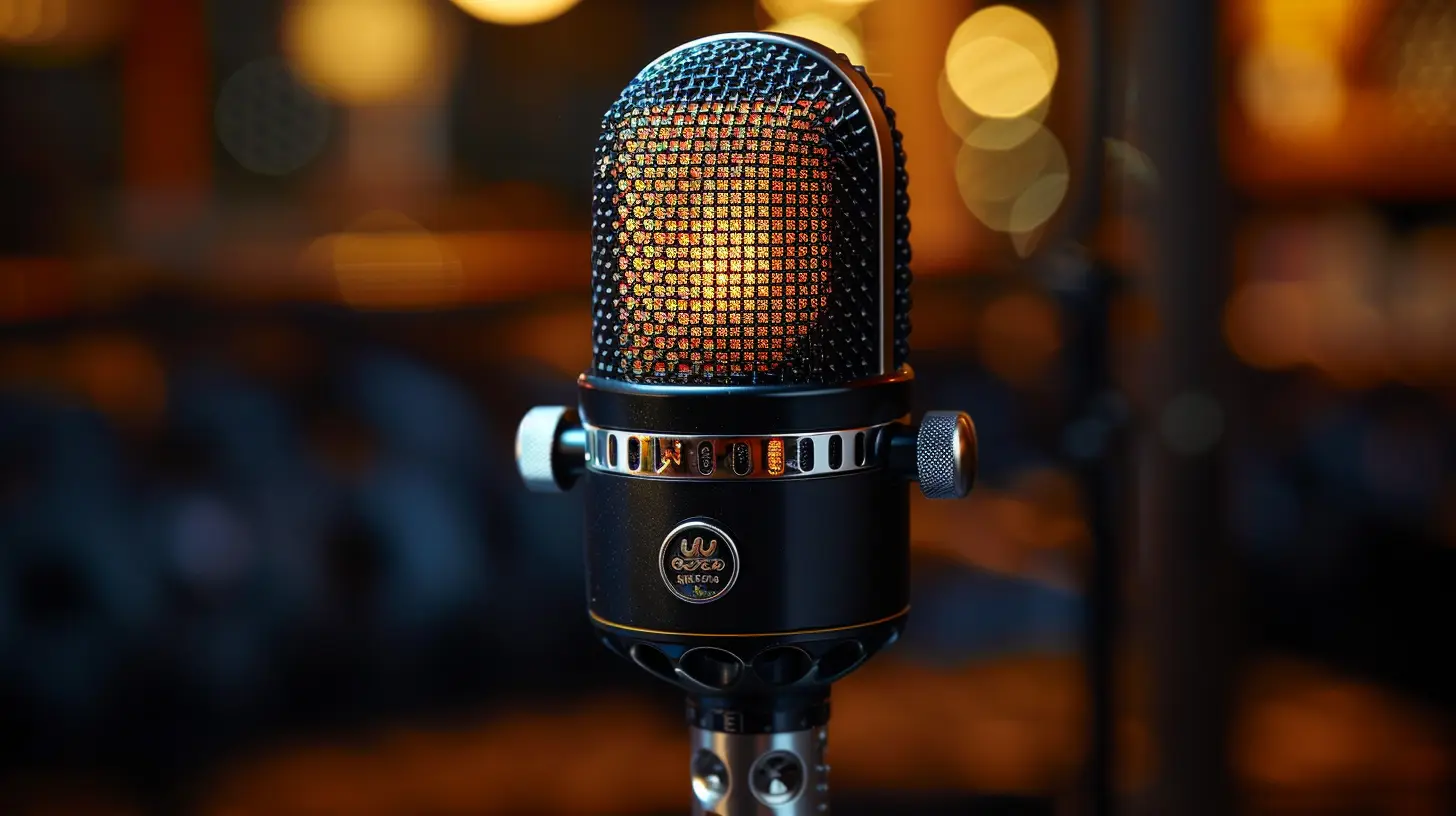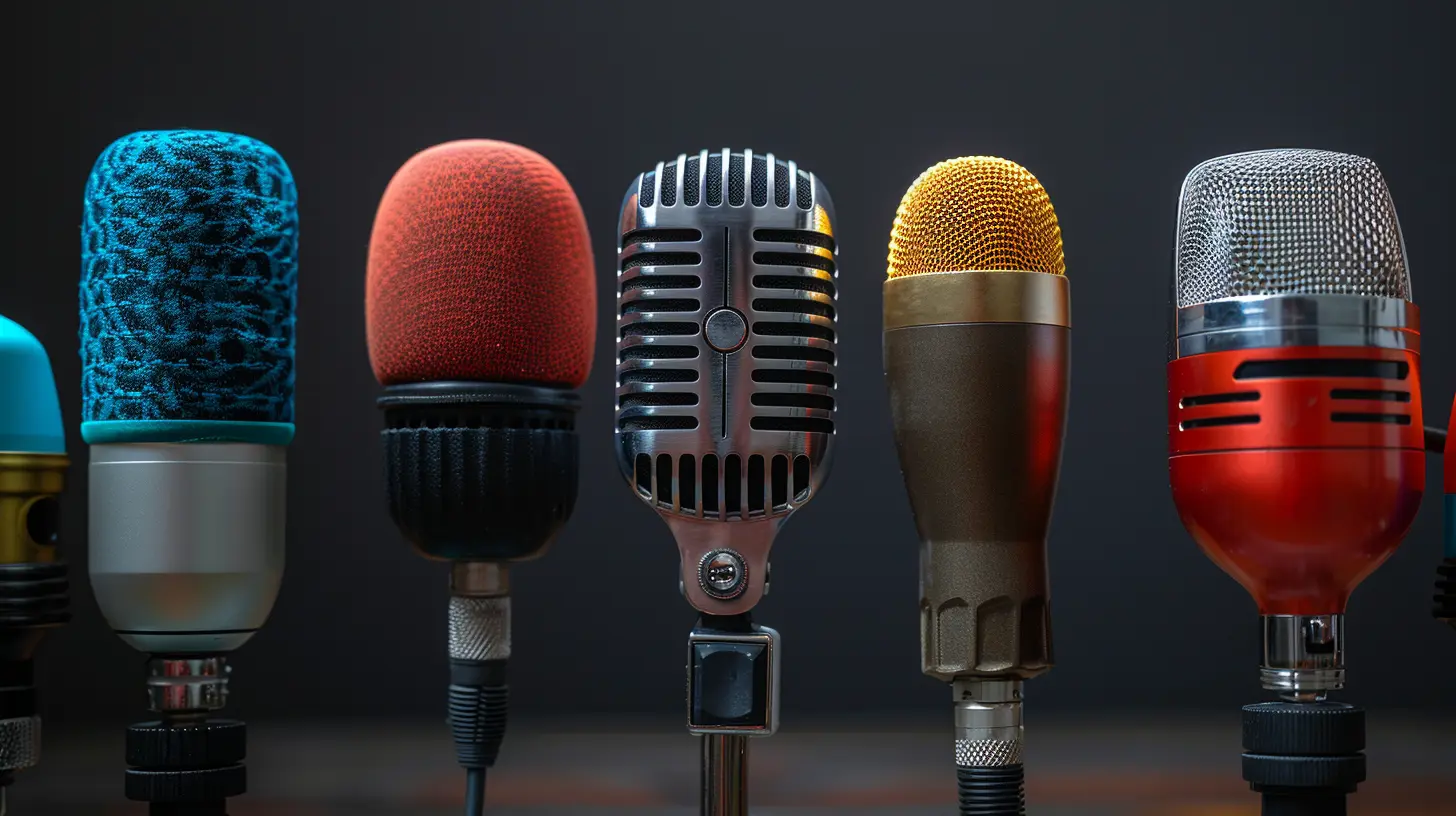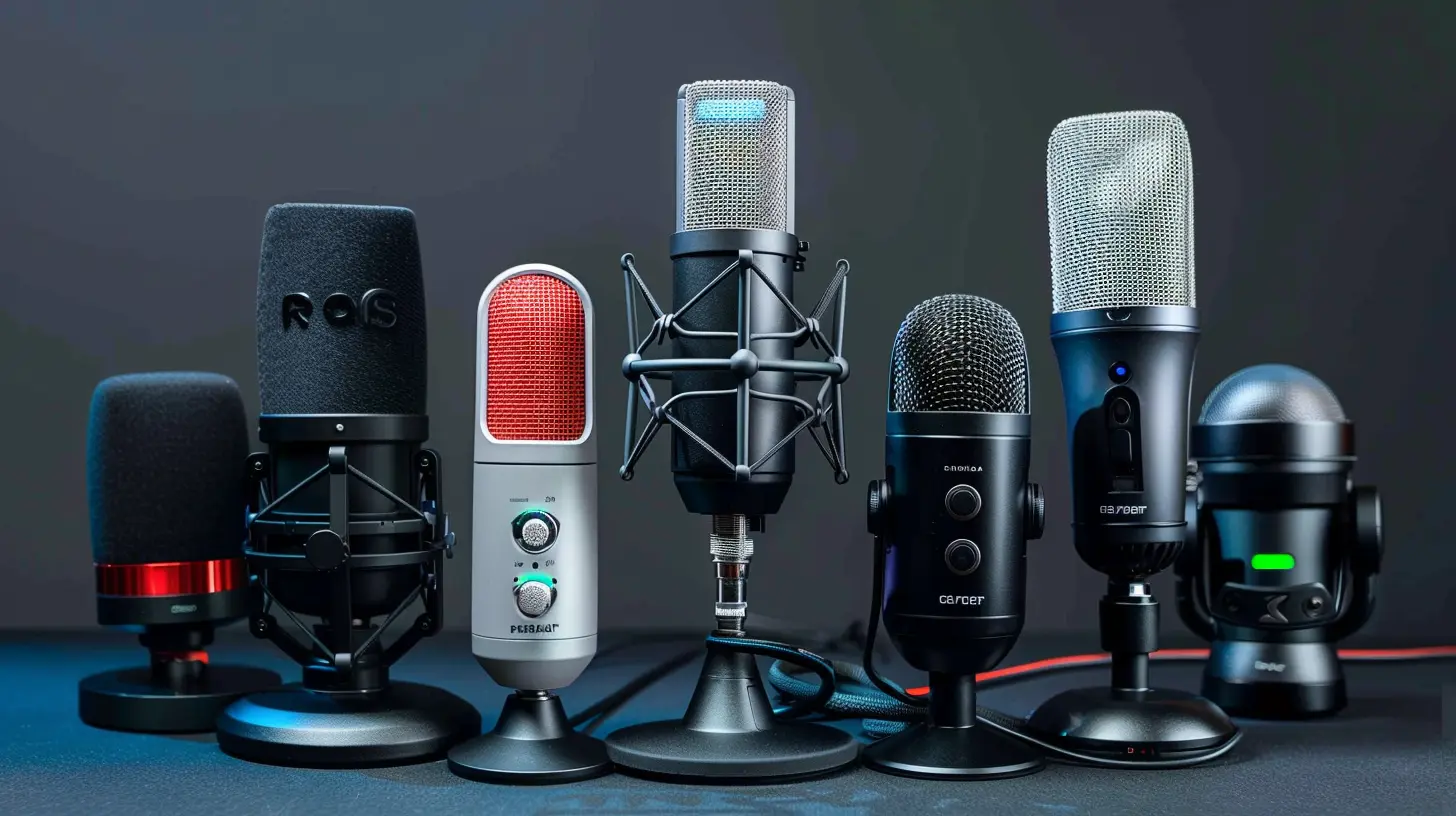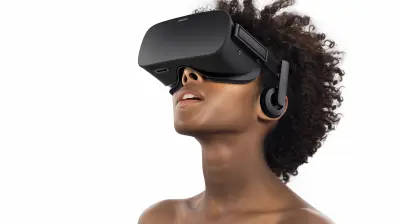12 April 2025
When it comes to streaming, there’s a lot to think about, right? You’ve got your visuals, your gameplay, your setup—basically, a whole bunch of moving parts. But let’s be real: good audio can make or break your stream. Ever tuned into a stream where the video looks pristine, but the mic sounds like someone yelling through a tin can? Yeah, not ideal. That’s why choosing the right microphone is such a big deal.
Whether you're a beginner streamer trying to figure out what works, or a seasoned content creator looking to level up your audio game, this guide is for you. We're going to break it all down—what to look for, the types of microphones, and which ones are worth your time. Ready? Let’s dive in.
Why Audio Quality Matters More Than You Think
Think about it. When you're streaming, your voice carries most of the interaction. Sure, gameplay is important, but what keeps viewers coming back is you. Your banter, your commentary, your jokes—that's why they're sticking around. But if your audience can't hear you clearly (or worse, if it’s grating on their ears), they'll click off faster than a rage quit.High-quality audio makes you sound professional, approachable, and, most importantly, keeps your viewers engaged. Even if your camera is low-res or your overlay is basic, good audio can still save the day. People will forgive a slightly blurry webcam, but they won’t forgive a mic that sounds like static chaos.
Key Factors to Consider When Choosing a Streaming Microphone
Before you grab the first mic that pops up on Amazon or splash out on something super expensive, pause for a second. Let’s talk about what you actually need in a good streaming microphone.1. Sound Quality
This one’s a no-brainer. You’re looking for something that makes your voice sound crisp and clear. You might be thinking, “Aren’t all mics good at that?” Not quite. A high-quality mic will capture the natural tones of your voice while minimizing background noise.2. Pick-up Patterns (Polar Patterns)
Sounds fancy, but it’s not as complicated as it seems. The polar pattern of a mic determines where it picks up sound from. For most streamers, you want a cardioid pattern because it focuses on what’s in front of it (your voice) and ignores what’s behind it (like your keyboard clacks or your roommate binge-watching Netflix).3. Connection Type
USB or XLR? It’s a classic debate. USB microphones are plug-and-play, making them perfect for beginners. XLR mics, on the other hand, offer better audio quality but require an audio interface to connect to your PC. If you're just starting out, stick with USB. If you’re going pro, XLR might be worth the investment.4. Budget
Let’s not sugarcoat it—streaming gear adds up. But that doesn't mean you need to spend a fortune. There are plenty of budget-friendly mics that deliver great sound quality. Figure out what you're comfortable spending, and remember: a pricier mic doesn’t always mean better results for your specific setup.5. Size and Design
You want something that fits your streaming space and vibe. If you’re working with a tight setup, a compact mic is a lifesaver. And let’s face it, mics that look cool matter too—you're on camera, after all.
Types of Microphones for Streamers
Now that you know what to look for, let’s break down the types of microphones you’ll come across. Each has its pros and cons, so think about what fits your style and setup.1. USB Microphones
USB mics are like the friendly neighbors of the streaming world. They’re easy to use, affordable, and perfect for beginners. All you have to do is plug it into your computer, and you’re good to go.Pros:
- Easy setup (no extra equipment needed)
- Affordable options available
- Great for small spaces
Cons:
- Limited upgrade potential
- Not as versatile as XLR mics
If you’re starting out, a USB mic like the Blue Yeti or HyperX QuadCast is likely all you’ll need. They offer solid sound quality and come with features like adjustable polar patterns.
2. XLR Microphones
Here’s where things get a little fancier. XLR mics are the go-to choice for professional streamers and podcasters. They deliver higher sound quality and give you more control over your audio settings—but they also come with a steeper learning curve.Pros:
- Superior sound quality
- Highly customizable with audio interfaces and mixers
- Tons of upgrade options
Cons:
- Requires extra gear (audio interface, cables, etc.)
- Costs more upfront
- Complicated setup for beginners
Mics like the Shure SM7B or Audio-Technica AT2020 are popular XLR options for serious streamers. Just be ready to invest in the additional gear required to make them shine.
3. Dynamic Microphones
Dynamic mics are workhorses. They’re excellent at rejecting background noise, which makes them ideal if you’re streaming in a noisy environment.Pros:
- Great at isolating sound
- Durable and long-lasting
- Tend to be more affordable
Cons:
- May not capture as much detail as condenser mics
- Lower sensitivity
If your setup is in a busy household or you don’t have soundproofing, a dynamic mic can save you a ton of headaches.
4. Condenser Microphones
Condenser mics are sensitive and precise. They capture the full range of your voice, which makes them great for making you sound like a pro radio host. However, they’re also more sensitive to background noise.Pros:
- Excellent sound quality
- Captures detail beautifully
- Lightweight and compact
Cons:
- Requires a quiet environment
- Can pick up everything (including your chair squeaks!)
For streamers in a controlled space, condenser mics like the Blue Yeti or Rode NT1 are fan-favorites.
Popular Microphones Worth Checking Out
Alright, now that we’ve covered the basics, let’s talk about some specific options. Here are a few microphones streamers swear by:Budget-Friendly Picks
- FIFINE K669B: This little USB mic punches above its weight class in terms of quality. At under $50, it’s a steal.- Samson Q2U: Perfect for beginners, this mic gives you both USB and XLR connectivity.
Mid-Range Champions
- Blue Yeti: This mic is pretty much iconic, and for good reason. It’s reliable, versatile, and looks amazing on camera.- HyperX QuadCast: The built-in pop filter and RGB lighting make it a favorite among gamers.
High-End Heroes
- Shure SM7B: This XLR beast is a top choice for pros. It’s pricey, but the audio quality is unbeatable.- Elgato Wave:3: A USB mic with studio-level quality and tons of features tailored for streamers.
Tips for Getting the Best Audio from Your Microphone
Got your mic? Nice. But buying a good mic isn’t the whole story. You still need to set it up properly to get the best sound. Here are some quick tips:- Use a Pop Filter: It’ll save your audio from harsh “P” and “S” sounds. Your viewers’ ears will thank you.
- Adjust Your Gain: Too low, and people won’t hear you. Too high, and you’ll blow out their speakers. Find the sweet spot.
- Position It Right: Ideally, it should be 6–12 inches away from your mouth. Experiment to see what sounds best.
- Control Background Noise: Use noise filters in your software or try soundproofing your space.
- Test, Test, Test: Always listen back to how you sound. It’s the best way to improve.
Final Thoughts
At the end of the day, the "best" microphone for streaming comes down to your needs, budget, and setup. Whether you’re rocking a minimalist USB mic or a decked-out XLR rig, what matters most is how you use it. Don’t get overwhelmed by all the options—start simple, learn what works for you, and upgrade as you grow.Remember, streaming is a journey. Your audience isn’t just there for the gear; they’re there for you. A good mic can help your personality come through loud and clear—literally. So, take your time, choose wisely, and keep creating awesome content. You’ve got this!





Lilith Kane
In the realm of streams, where voices soar, Choose your microphone, let clarity pour. A melody of sound, crisp and clear, For every gamer, let your passion steer.
April 22, 2025 at 3:53 AM